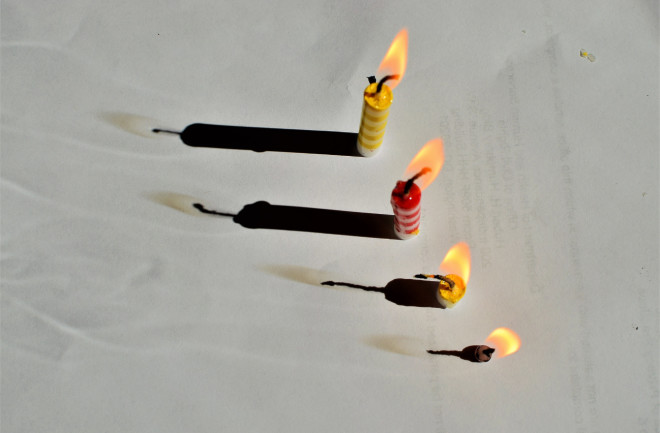Unless you’re Peter Pan, you can’t lose your shadow. At least, not permanently.
Shadows crop up wherever light is obstructed by an object, and they come in a range of shapes and sizes. In 2012, for example, physicists captured the first-ever view of an atomic shadow by shining a laser at a single ytterbium atom in a vacuum chamber.
And on a much larger scale, our moon blocks the light of the Sun from reaching Earth during solar eclipses. Millions of people will witness this firsthand in 2024, when a much-anticipated totality is projected to sweep across North America.
But what happens if the obstruction itself is a light source, too — like a candle’s flame or a roaring campfire?

